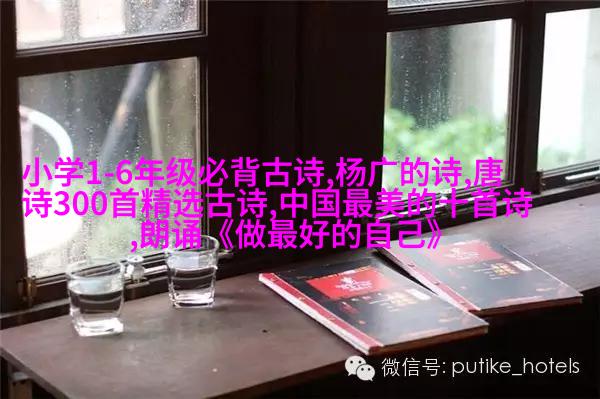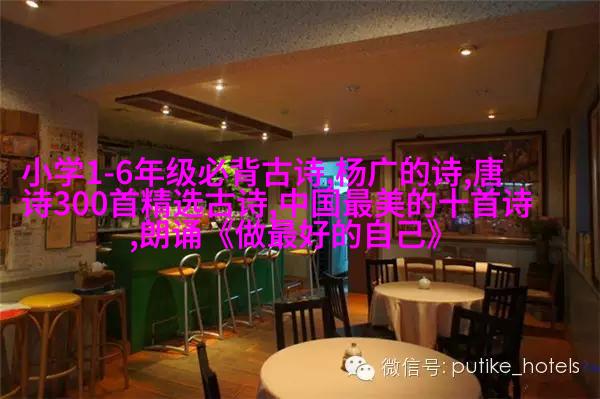婴儿诗韵童心绘境
婴儿诗韵:童心绘境

一、古老的诗韵,新生代的灵感
在中国传统文化中,诗歌一直被视为一种高雅的情操表达方式。从《诗经》到唐宋时期的名篇,再到现代流行歌曲,每个时代都有其独特的文学形式和艺术风格。对于0-3岁的小朋友来说,这些古老而又深刻的情感表达,无疑是他们成长过程中的宝贵财富。

二、婴儿与古诗之间的桥梁
babies are naturally curious, and they have an innate love for music and rhythm. In fact, studies have shown that exposing young children to classical music can enhance their cognitive development and even improve their academic performance later on. Therefore, introducing ancient Chinese poetry to this age group could be a great way to foster their appreciation for literature and culture.

三、如何将古诗融入婴儿教育
To make ancient Chinese poetry accessible to 0-3-year-olds, educators can use a variety of creative approaches. For instance, parents can recite simple poems with rhythmic tones while playing lullabies or singing nursery rhymes. This way, the little ones will associate these soothing melodies with the poetic language.

四、案例研究:应用古诗在早教实践中
In practice, there are several successful examples of incorporating ancient Chinese poetry into early childhood education. One notable case is the use of "The Owl and the Pussycat" by Edward Lear in British schools. Similarly, in China's preschools today, teachers often read out classic poems like "The Cowherd Crossing the Milky Way" or "A Mother's Lament," which resonate deeply with young children.

五、新世纪下的跨越千年的交流
In recent years, technology has opened up new avenues for sharing traditional knowledge across generations. Digital platforms such as apps and websites now offer interactive tools that allow children to engage with historical texts in innovative ways – through animations or gamification elements that bring stories alive.
六、结语:未来的学者与创造者们
By nurturing a deep connection between our youngest learners and timeless works of literature like those found in our rich cultural heritage – we not only lay the foundation for future scholars but also inspire creativity among them from an early age.
As we look towards a future filled with promise,
our young minds must first learn how
to cherish each word as it flows
like rivers' gentle currents,
and then let it flow forth anew,
in harmony with all creation.
This is why we need to continue exploring ways
to introduce these precious treasures
into early childhood education programs.
Through this process,
we ensure not just memorization but understanding;
not just recall but reflection;
and ultimately,
a lifelong love affair between our youth
and these magnificent works of art — so vital for building bridges across time!